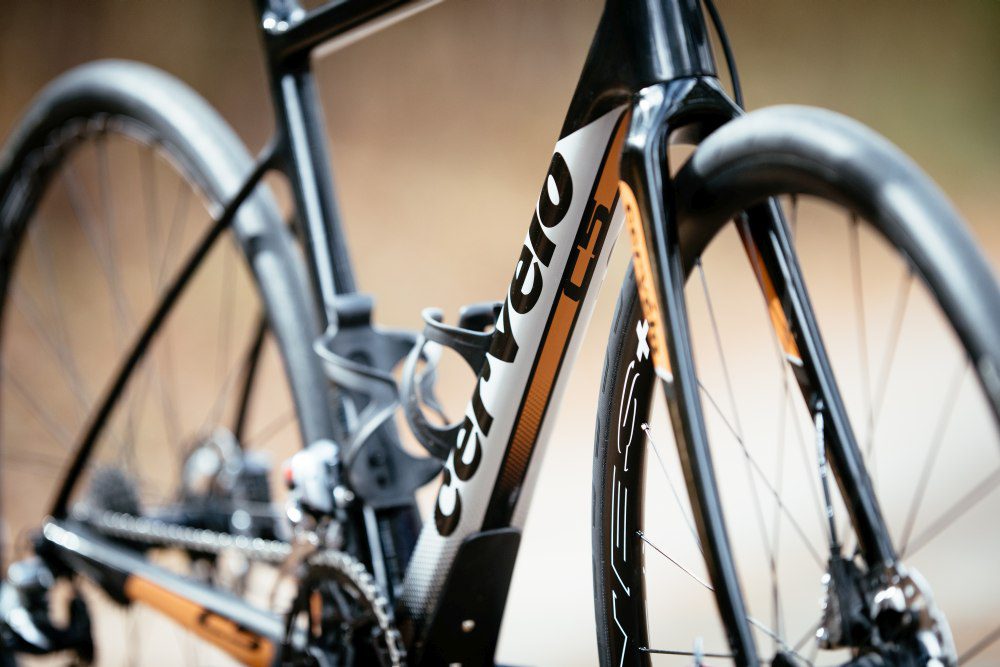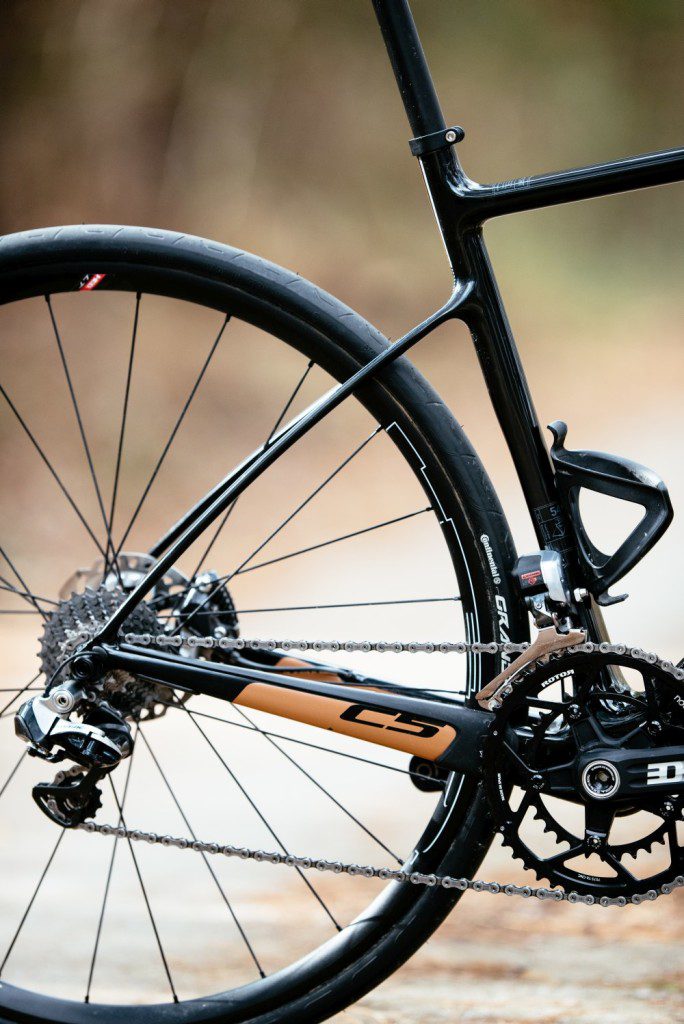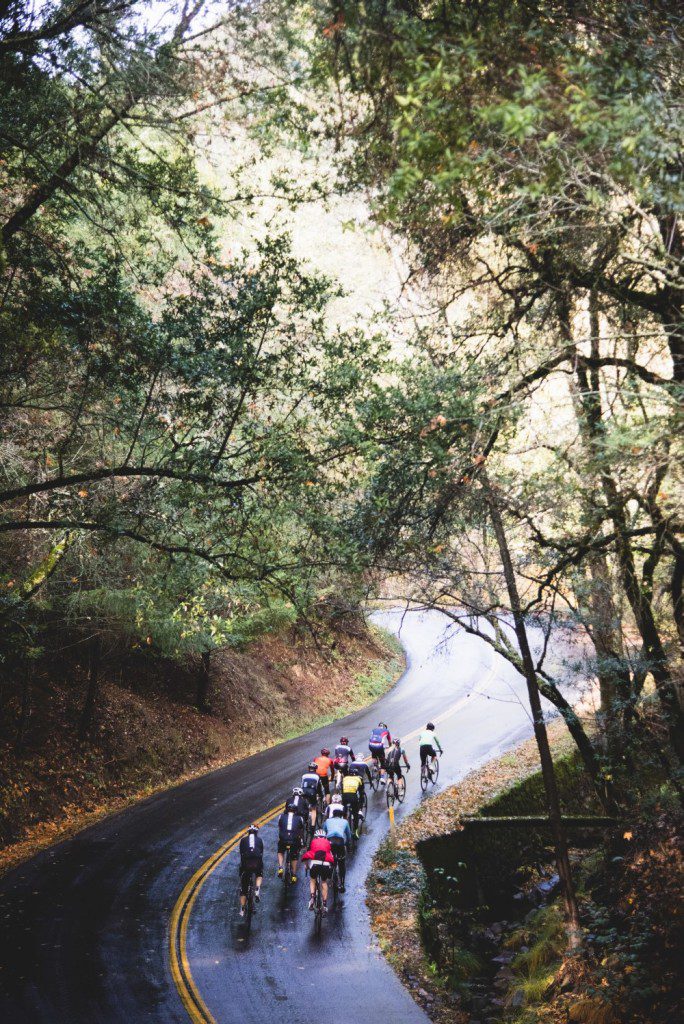Cervélo C5 review: Making it easy to ride long
A bike to go the distance on adventure rides


The Cervélo C5 debuted in December 2015, months before the new endurance bikes from Trek and Specialized that appeared in 2016. Because of various circumstances, I rode the Cervélo after I was able to take out both the Trek Domane and Specialized Roubaix. While all three bikes fall into the endurance category, the two U.S. bikes have a strikingly different take on endurance compared with the Canadian rig. The Domane and Roubaix are race bikes, UCI approved. They have mechanical systems for managing bumps in the road. Since they can mellow the cobbles of Northern Europe for the pros, the argument goes, the bikes can definitely makes things more comfortable for you.

The C5 goes a different route. It’s not UCI approved, so you won’t see it on the cobbled sectors of Paris-Roubaix. The Cervélo also doesn’t have any springs or other mechanical means for insulating the rider from the harshness of the road. The company focused closely on materials and geometry to keep a rider out on all kinds of roads for a long time.
Graham Shrive, an engineering project manager at Cervélo, supervised the design process of the C5, which began in 2013. One goal of his was to have the same handling characteristics across all bike sizes. Achieving that goal meant looking at toes.
“Whenever you go below Size 56, toe overlap starts to dominate the situation at the front of the bike,” he said. “We were doing a disservice to smaller riders because the small sizes were limited by toe overlap, which shouldn’t drive how a bike handles. We had a bit of an easier time addressing the issue because this bike has a longer wheelbase.”

Components Shimano Dura-Ace 9000, Rotor PF-30 bottom bracket, Rotor 3D+ BBright crank
Wheels HED Ardennes Plus LT Disc
Sizes (cm) 48, 51, 54, 56, 58, 61
Price $6,700
Website cervelo.com
Another part of the bike’s handling that Shrive considered was the effect of the rear centre, the distance between the centre of the bottom bracket and centre of the rear dropout. The back of the bike does affect handling. Just think about riding with no hands; it’s your hips acting from the back of the bike that guide you. “We worked really hard to balance the rear centre with the front centre [the distance between the centre of the bottom bracket and the fork’s dropouts] and the trail because there is a reaction force at the rear,” Shrive said.

Out on the road, I found the bike behaved well, most noticeably when I was skipping along gravel roads. It doesn’t whip into corners, but takes them in a stately, planted fashion. It’s not edgy, but it’s not too languid either.
Also, while I was out on long gravel rides, I noticed how the fork dampened the bumps. The C5 fork grew out of work done at Cervélo’s Project California composite research facility. Designers wanted to create a fork in which they could separate longitudinal stiffness from latitudinal stiffness. Usually, once you increase or decrease one, you affect the other in the same way. By separating the two qualities, they could lower the longitudinal stiffness for comfort, and keep latitudinal stiffness high for better handling. Later, they refined the fork to reduce its weight. The C5 fork doesn’t manage bumps to the same degree as Trek’s IsoSpeed or Specialized’s Future Shock. I was, however, surprised at how effective Cervélo’s composite-based solution is for dealing with the vibrations sent to my hands.

The Cervélo C5 has many smart, practical features: fender mounts, armour on the down tube to deal with any stones you kick up and clearance for wider tires. (Officially, you can run tires as wide as 28c, but you can actually get away with some 32c treads.) The Rotor PF-30 bottom bracket and Rotor 3D+ BBright crank gave the bike some zip when it came time to mash on the pedals. It’s definitely a bike that can go the distance.
